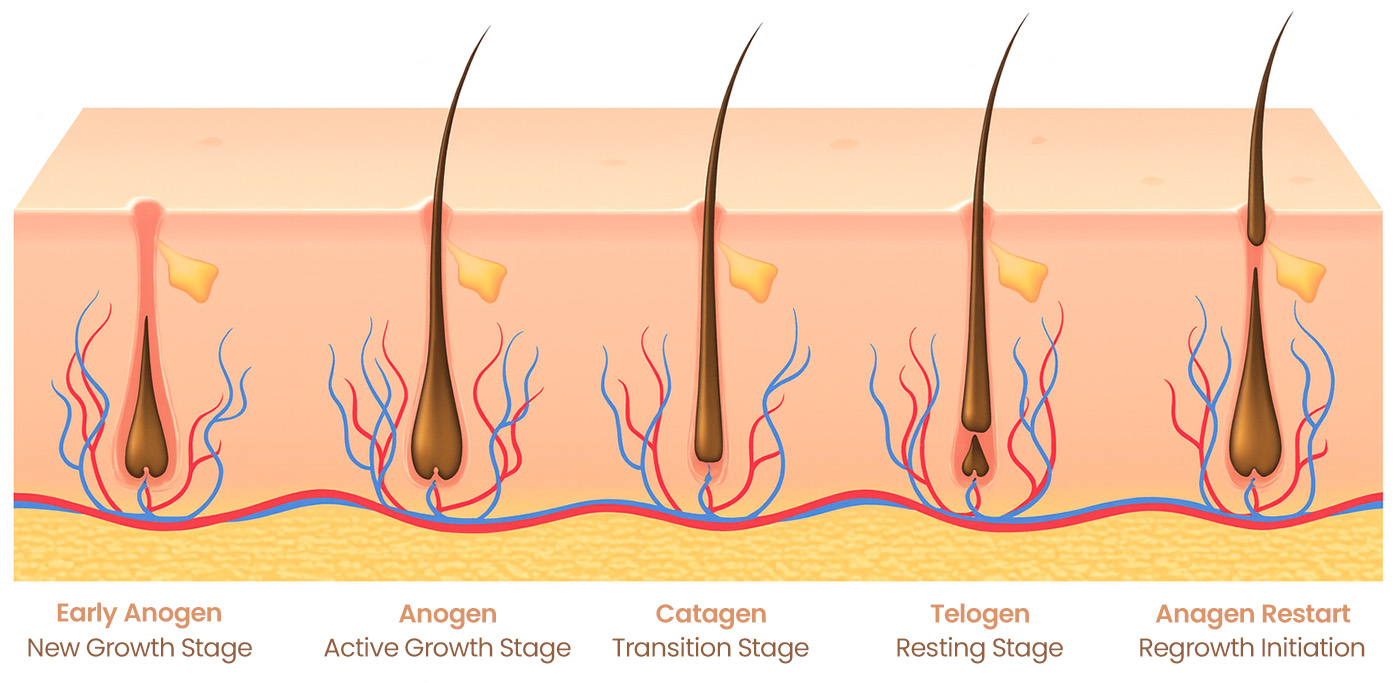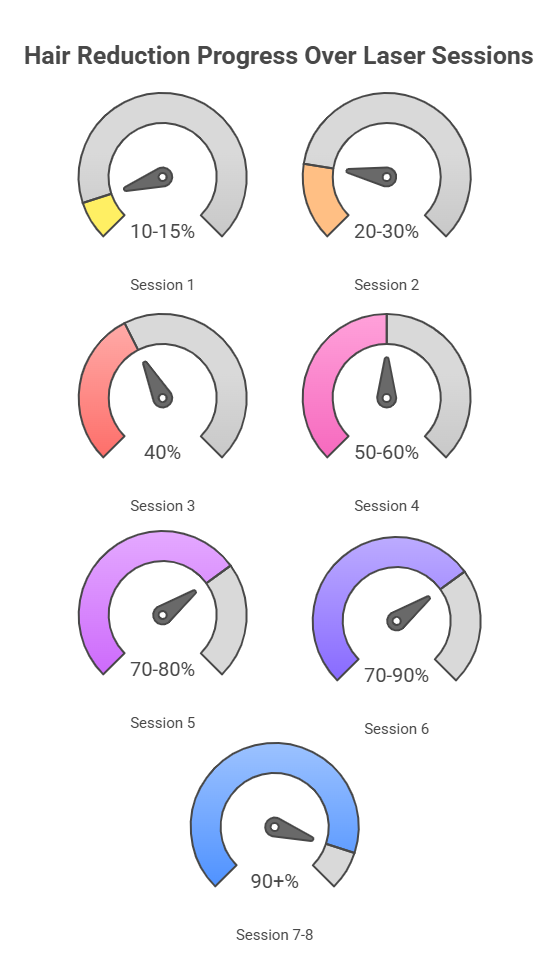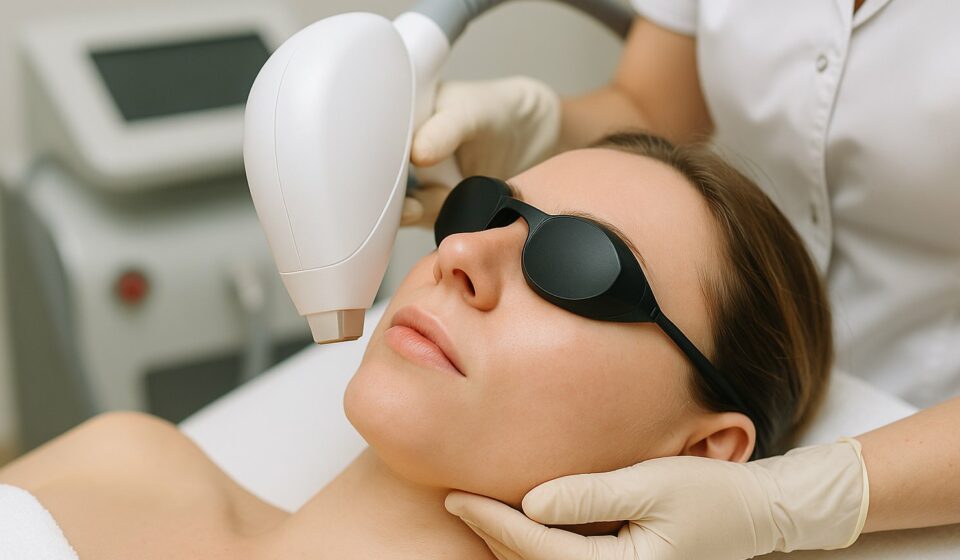Facial laser hair removal can deliver long lasting smoothness with careful settings, the right wavelength, and a diligent plan. It is quick, tidy, and far kinder to the skin than constant shaving or threading when done by trained professionals.
Table Of Content
What areas, and who is it best for
- Common facial areas: upper lip, chin, jawline, cheeks, sideburns, neck front, and between brows. Professionals keep a safe distance from the eyes.
- Hair types that respond: medium to coarse, darker hairs respond beautifully. Very light vellus hair may be less responsive.
- Skin tones: all Fitzpatrick types can be treated with the correct wavelength and cooling. Settings change for deeper tones to prioritise skin comfort.
- Hormonal patterns: PCOS or peri menopausal growth may need more sessions and maintenance. Clear plans avoid frustration.
01. How it works on facial hair
Laser light targets melanin inside the hair shaft, converts to heat, then disables the follicle’s growth cells. The principle is selective photothermolysis which aims for the pigment and spares surrounding skin. For a plain language overview, see the Mayo Clinic page.

Safety first on the face
- Eye protection: goggles for client and practitioner are mandatory. No direct passes over the eyelids.
- Patch test: confirms the right fluence and pulse width for your skin and hair.
- Skin actives pause: stop retinoids, strong acids, and exfoliants three days before and after.
- Cold sore history: antiviral cover may be advised around the lips.
- UK rules incoming: licensing for non surgical cosmetic procedures is being introduced, as outlined on GOV.UK. Need safety support. Our Laser Protection Advisor service helps.
02. Pre care and aftercare checklist
- Two weeks before: avoid sun and sunbeds, let fake tan fade completely.
- Twenty four hours before: shave the area carefully. Do not wax or thread during a course.
- On the day: arrive with clean, dry skin, no make up or fragrance on the area.
- After treatment: cool packs if needed, gentle cleanser only, SPF 50 every day for a week, avoid saunas and hard workouts for forty eight hours.
- Make up: wait twenty four hours before applying, and use clean brushes.
How many sessions, and what to expect
Most clients need six to eight sessions for long term reduction. Facial hair often runs a brisk growth cycle, so spacing is usually four to six weeks. Expect temporary pinkness or swelling that settles quickly. Mild effects such as redness and itch typically resolve in a couple of days, as noted on Wikipedia.

Prices at a glance
Guide ranges from UK clinics. Course packages usually reduce the per session rate.
| Area | Single session | Typical course | Sessions |
|---|---|---|---|
| Upper lip | £50 to £80 | £250 to £360 | 6 |
| Chin | £60 to £90 | £300 to £420 | 6 |
| Sideburns | £80 to £120 | £400 to £600 | 6 |
| Full face | £140 to £180 | £700 to £900 | 6 |
Want deeper pricing context. Read our guide to laser hair removal costs.
Choosing the right technology
Three wavelength platforms let clinics treat every skin tone with precision. Our systems combine Alexandrite, Diode, and Nd YAG in one unit so settings can be matched to each face and hair pattern.
- Nu TriLaze Plus: built in skin analyser, strong cooling, and handpiece controls. See Nu TriLaze Plus.
- Nu eRays Plus: fast workflow with on handpiece adjustment and dependable comfort. Explore Nu eRays Plus.
- Nu TriLaze Lite: compact, flexible, and very low running cost. Ideal for multi room clinics. View Nu TriLaze Lite.
Compare all options on one page: laser hair removal machines. Prefer to see a live demo. Book a demo or request details including finance.
03. Sensitive and darker skin tones
- Wavelength choice: Nd YAG at 1064 nanometres is often preferred for types IV to VI because it penetrates deeper with lower melanin absorption.
- Parameter tweaks: longer pulse widths, measured fluence, and strong cooling raise comfort and lower risk.
- Further reading: see our piece on laser for Afro Caribbean skin.
Helpful extras
- Comfort tips: read how painful is laser hair removal for simple ways to stay relaxed.
- Results timeline: early changes after three visits are explained in what to expect after three sessions and in is six sessions enough.
- Trained people matter: work with qualified operators using cooling and conservative starts. This is echoed by Rare Consulting as demand grows, and by safety notes on Wikipedia.
Dr Majid Zarandouz
Majid holds a PhD in organic chemistry and has been working with laser systems for decades. His career began in the mid-1990s, when he started researching and developing laser-based technologies for medical and cosmetic applications. Over the years, he has combined scientific expertise with practical engineering to design machines that are effective, durable, and straightforward to use in real clinic settings. As director of the British Institute of Lasers, Majid continues to focus on producing equipment that meets professional standards while remaining accessible to businesses of all sizes.

